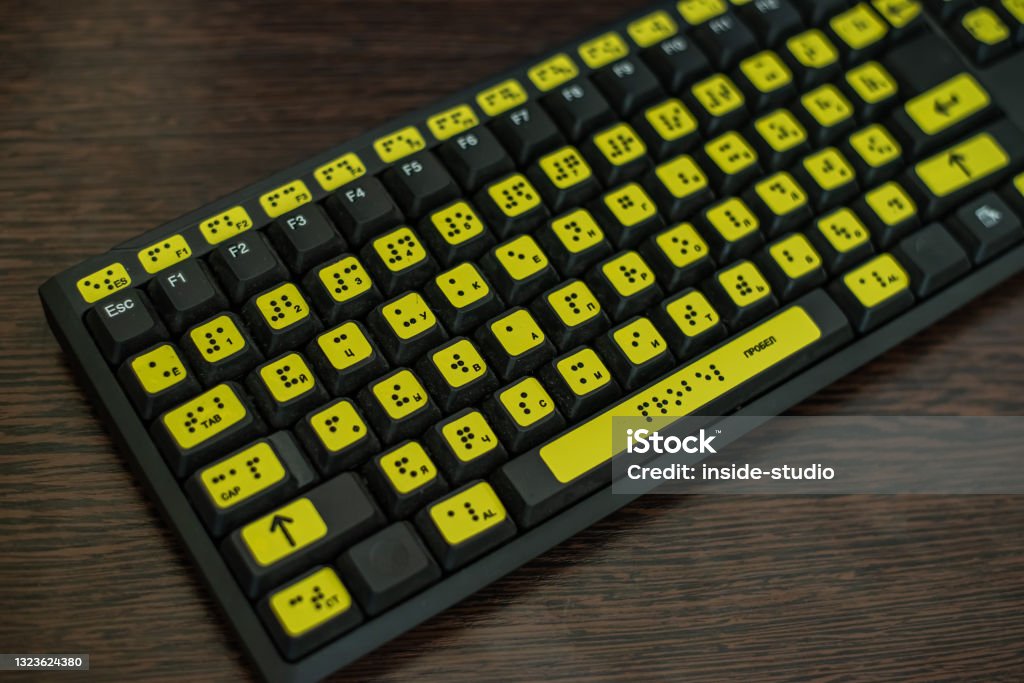Mechanical keyboards have seen a huge surge in popularity in recent years among typists, gamers, and computer enthusiasts. Unlike traditional membrane keyboards, mechanical keyboards use physical switches under each key to provide superior tactile feedback and durability.
One of the biggest differences between mechanical keyboards is their size and number of keys. Knowing the various sizes and layouts can help you choose the right mechanical keyboard for your needs. Here is a complete guide to the different mechanical keyboard sizes and number of keys.
Full Size (104 Keys)
The full-size keyboard is the most common layout and what most desktop computer keyboards use. Full-size keyboards have 104 keys in a standard QWERTY layout. This includes:
- Alphanumeric keys (letters, numbers, symbols)
- F1 – F12 function keys
- Navigation/edit keys like insert, home, page up/down
- Numpad with 17 keys
- Media controls, system keys
The full layout provides easy access to all keys but takes up a lot of desk space. Full-size keyboards are ideal for typists who need to use the numpad and function keys regularly. They offer the most keys in a familiar layout.
Tenkeyless (TKL) (87 Keys)
Tenkeyless or TKL keyboards lack the numpad section and condense the overall footprint. TKL keyboards have 87 keys, with the same QWERTY layout and function keys as a full-size keyboard. The only difference is the absence of a numpad.
TKL keyboards free up desk space on the right side and allow you to position your mouse closer. Gamers often prefer TKL keyboards for more comfortable mouse movement during gameplay. The compact layout also makes them highly portable.
80% (75 Keys)
80% of keyboards shrink the footprint even further by integrating the function keys and arrow keys into the alphanumeric block. This condensed layout has around 75 keys in a minimalist setup. You still get the standard letters, numbers, and modifiers. But you’ll need to use function combos to access the function and arrow keys.
The 80% size retains the essentials while being extremely space-efficient. They excel for travel or small workstations. But you’ll need to adjust to the layered function key combos.
60% (61 Keys)
60% of keyboards take compact layouts to the extreme, getting rid of the function row, arrow keys, and navigation cluster. 60% of keyboards have just 61 keys with only the alphanumeric block. All the other keys are accessible through Function layers.
60% keyboards like the Pok3r and Anne Pro are highly portable and great for travel. However, they require memorizing several function layers to be productive. The unusual layout also makes them harder to use for extended durations.
40% (48 Keys)
At the far end, 40% of keyboards consist of just the letter keys in a grid, without number or modifier keys. You get 48 keys with all numbers, functions, and controls tucked away in Function layers.
40% of keyboards like the Plank and Planck are novelty items or for expert enthusiasts. The extremely compact size is unmatched but requires constant access to Function layers to type efficiently. Most people will find them impractical for daily extended use.
Additional Size Variants
Along with the standard sizes above, there are some less common variants:
- 65%: A smaller 65% layout lacking F-row and navigation but retaining dedicated arrow keys.
- 75%: A condensed 75% layout with integrated function row and arrow keys but no numpad.
- 96%: Basically full-size but without the numpad section.
- 98%: A full layout with all keys but more compact spacing.
Choosing Your Keyboard Size
When picking your first mechanical keyboard, consider your needs and desk space. Full-size or tenkeyless designs offer easy access to all keys for most users. More compact keyboards trade ease of use for minimalist aesthetics and portability. Consider what features and keys you regularly use before deciding on a specific keyboard size. Additionally, desk mats can complement your mechanical keyboard setup by providing a comfortable and protective surface for both your keyboard and desk.
Not Your Keys Not Your Coins: How to Protect your Digital Assets(Opens in a new browser tab)
Hopefully, this complete guide has clarified the available mechanical keyboard sizes and layouts. Once you’ve decided on size, you can narrow down switch types, brands, and other features to find your ideal mechanical keyboard match. The customizable nature of mechanical keyboards means you can tailor them precisely to your typing style and requirements.
